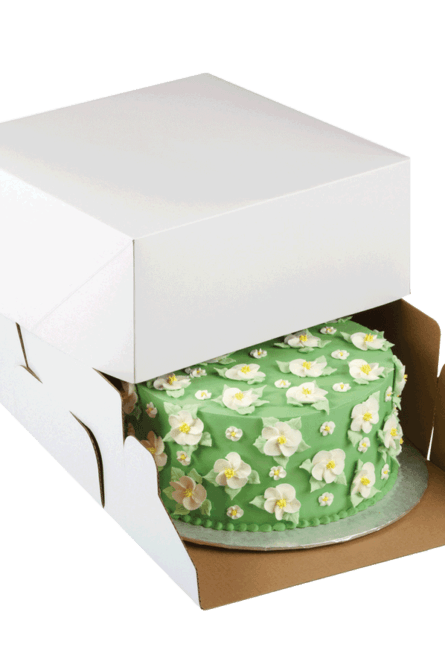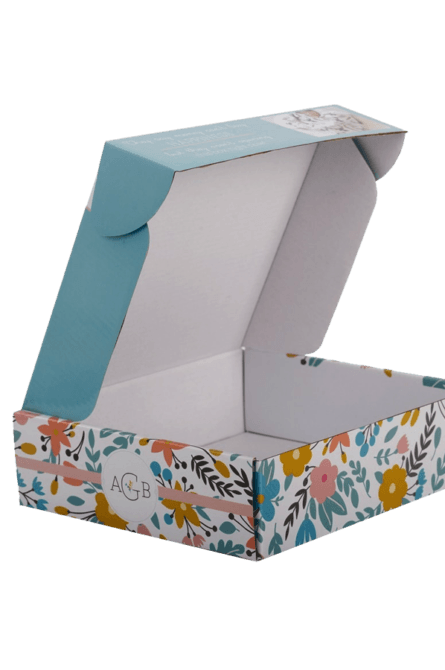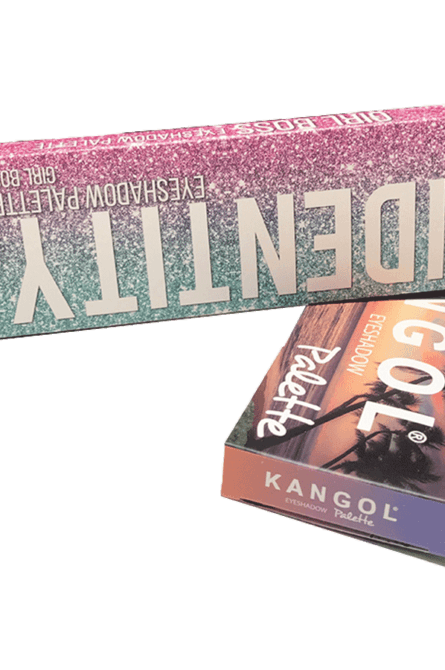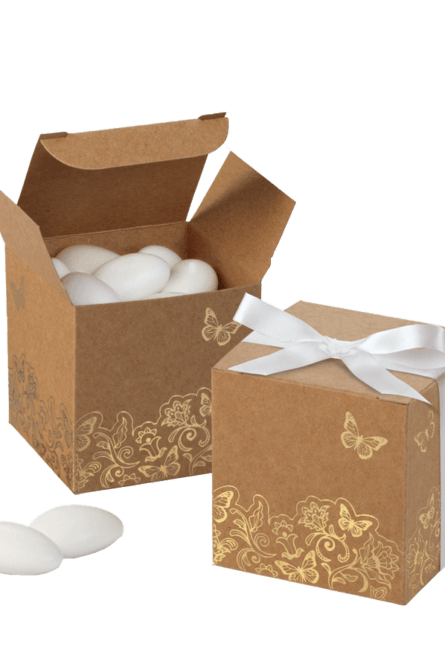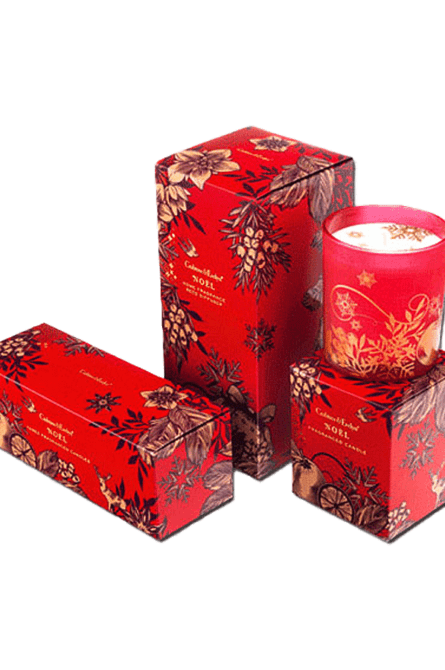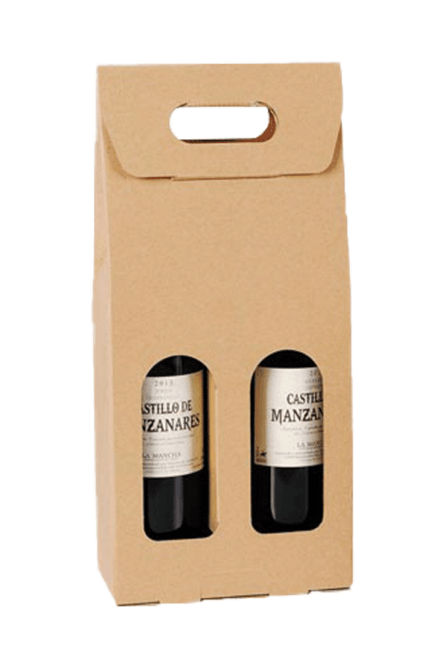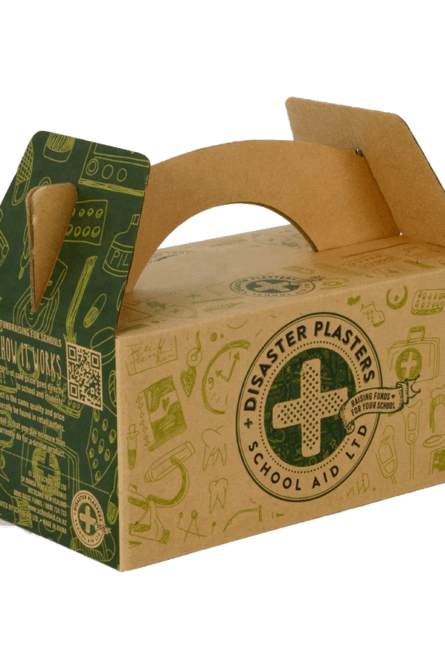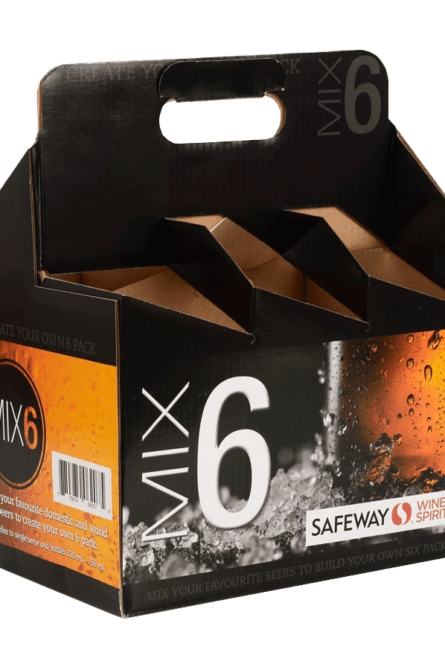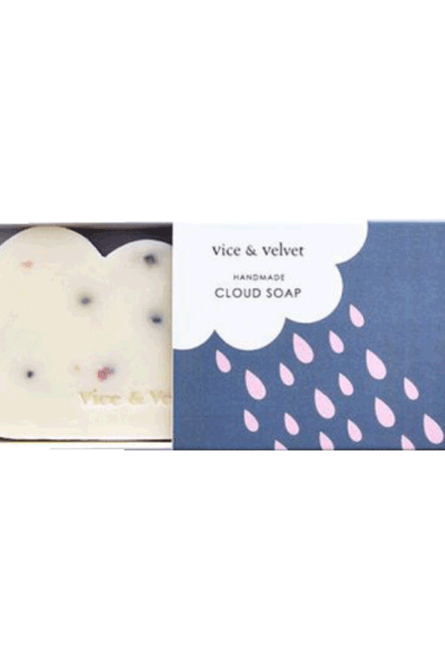08
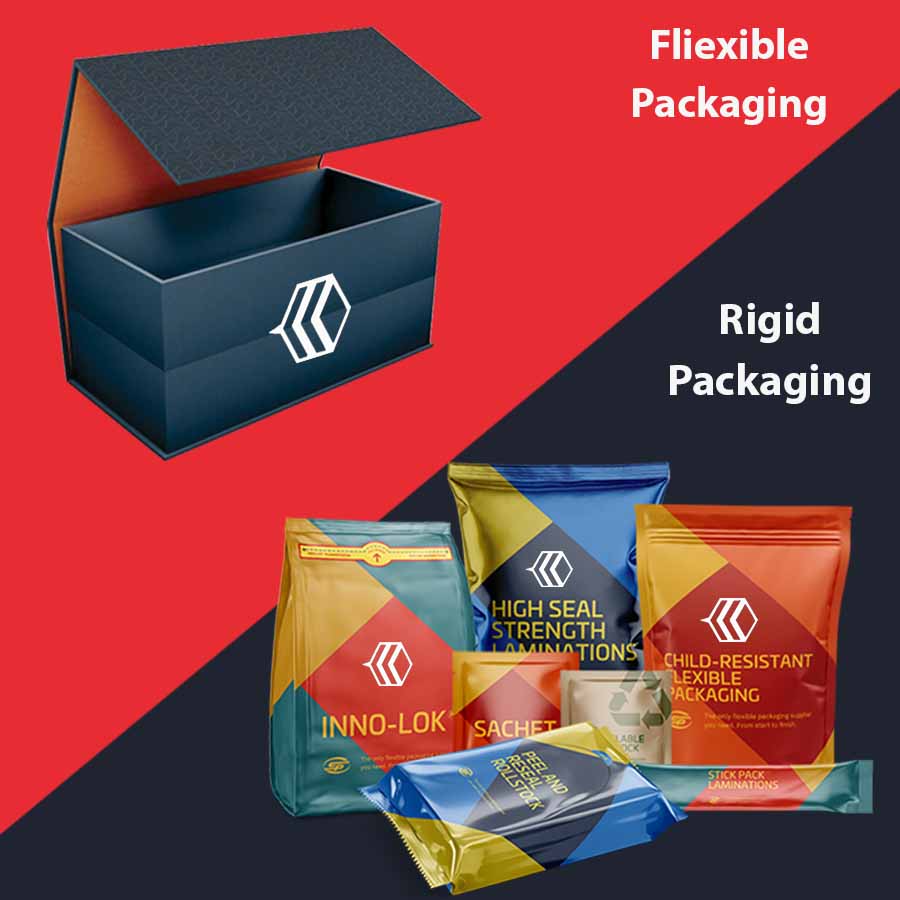
By: Monica Harper
The world of packaging is always changing, which makes it difficult for companies to determine which kind of packaging would be most suited for their goods.
The difference between rigid and flexible packaging are two prominent alternatives among the various possibilities that are accessible. Each of these types of packaging offers different benefits and can fulfill a variety of requirements.
Below, we will dig into the fundamental distinctions between flexible packaging vs rigid packaging, analyzing the unique qualities, advantages, and concerns of each kind of packaging to assist you in making a wise selection for your packaging needs.
So, here is a quick guide below from flexible & rigid box maker!
What Is Rigid Packaging?
Let’s know what is a rigid box! Are you excited?
The term “rigid packaging” refers to a category of packaging materials that can keep their shape and form without requiring any extra support. These containers are often manufactured from hardy materials such as cardboard, plastic, metal, or even glass.
Because rigid packaging emits a feeling of toughness, strength, and premium quality, it is an excellent option for securing fragile or precious objects because of these qualities.
Boxes prepare from a firm material, such as metal or glass, jars prepare from glass or plastic, and plastic containers are all examples of rigid box printing.
Advantages Of Rigid Packaging
The advantages of rigid packaging are;
- Product Protection: Rigid packaging provides exceptional protection against external variables such as moisture, impact, and temperature variations. This helps to ensure that the items included inside the packaging do not get harmed in any way.
- Brand Presentation: Rigid box dieline makes it possible to develop eye-catching designs, which both increase the exposure of the brand and provide a memorable unpackaging experience, which in turn leaves a lasting impression on buyers.
- Reusability: The reusability of certain types of rigid box dimensions, such as large rigid boxes, contributes to the value and sustainability of the packaging by allowing the packaging to reuse for storage or repurpose for other uses.
- Premium Perception: Rigid packaging is often linked with high-quality and luxury goods. This elevates the apparent worth of the things contained inside the packaging and appeals to buyers who place a high level of scrutiny on their purchases.
Pros Of Rigid Packaging
- Excellent product protection
- Luxurious and premium appearance
- High printability and customization options
- Ideal for retail display and branding
Cons Of Rigid Packaging
- Higher production and transportation costs due to material weight and size
- Partial flexibility compare to flexible packaging
What Is Flexible Packaging?
The term “flexible packaging” refers to materials that, as the name indicates, can be bent, folded, or molded to conform to the contours of the object being packaged.
Plastic films, foil, and paper are all common flexible and rigid packaging examples of materials that can utilize in flexible packaging. The usage of this packaging is common for things such as snacks, drinks, and products of smaller size because of its low weight.
Advantages Of Flexible Packaging
The advantages of flexible packaging are;
- Cost-Effectiveness: Because of its lightweight nature, flexible packaging is often more cost-effective to create and carry than rigid packaging. This helps reduce both transportation costs and the impact that shipping has on the environment.
- Space Efficiency: Because flexible packaging requires less room both for storage and transportation, it enables more effective use of the space that is available while also lowering the costs associated with warehousing.
- Convenience: Flexible packaging sometimes includes resealable closures or apertures that are simple to rip, which improves the convenience for the user and helps the product keep its freshness after it has been opened.
- Versatility: Because of its versatility, flexible packaging is excellent for a broad variety of items, including powders and liquids, as well as snacks and drinks. Because of this, flexible packaging is a versatile option for packaging products.
Pros Of Flexible Packaging
- Adaptability and flexibility
- Lightweight and portable
- Easy dispensing and resealing
- Cost-effective production
Cons Of Flexible Packaging
- Partial structural support compare to rigid packaging
- Can not offer the same level of protection for delicate products
Key Differences Between Rigid And Flexible Packaging
- Shape And Structure
A rigid box template can keep its shape and form without the need for extra support, making it an ideal choice for giving items a sturdy and reliable framework.
On the other hand, flexible packaging can conform to the shape of the product and is simple to fold or handle. This kind of packaging is more common.
- Materials
The materials that are utilized are the key factor that differentiates rigid and flexible packaging from one another. Furthermore, the use of more rigid box material such as cardboard, plastic, glass, or metal is usual for rigid packaging, while flexible packaging makes use of materials such as plastic films, foil, and paper.
- Product Types
Flexible packaging is usually used for things such as snacks, drinks, and small-size products that benefit from its lightweight and space-saving features. Rigid packaging is typically used for products that are delicate or expensive and need substantial protection.
- Environmental Impact
Due to its decreased material consumption and reduce transportation emissions, flexible packaging is often regarded to be more ecologically friendly than other types of packaging. However, rigid packaging that is produced from materials that are both recyclable and sustainable is another environmentally responsible choice.
Which To Choose: Rigid Or Flexible Packaging?
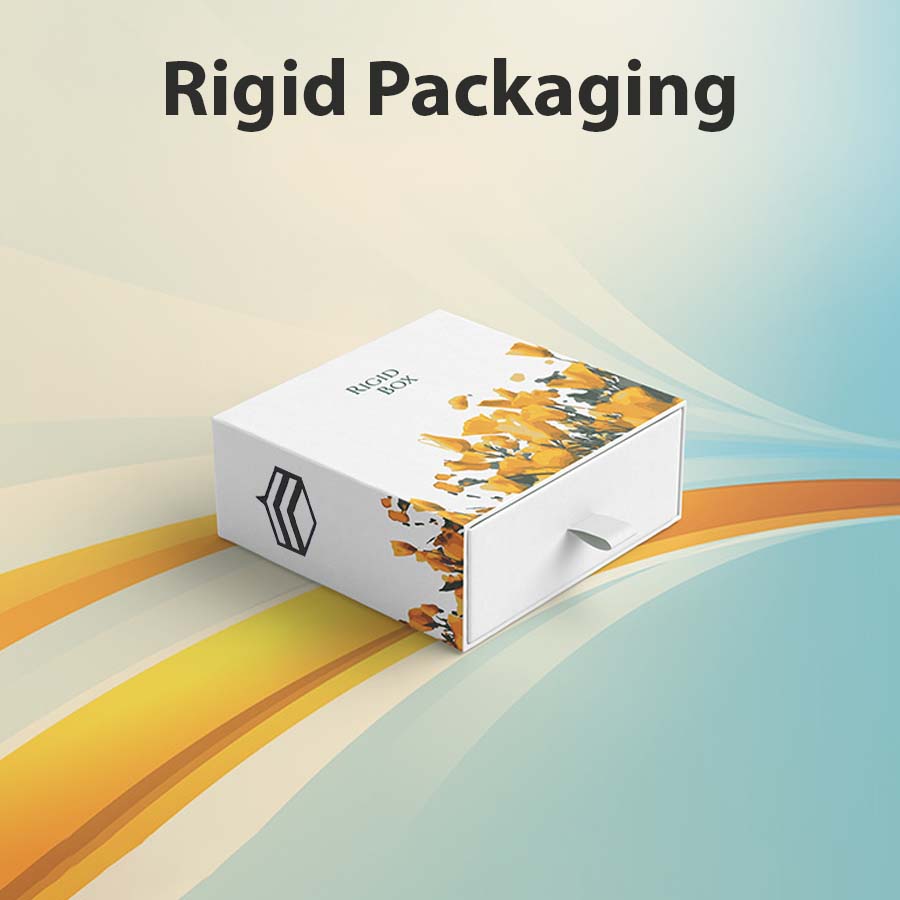
The choice of whether to use rigid or flexible packaging is influenced by a wide range of elements, such as the nature of the product being packaged, the objectives of the marketing campaign, the available funds, and the impact on the environment.
The following are some important factors to take into account when you make your decision because there are many rigid box manufacturers USA:
Choose Rigid Packaging If:
1. You should safeguard fragile or high-value items from any possible harm that might occur during transport and handling.
2. The luxury and high-end quality that your company is known for is something you want the packaging to convey, and vice versa.
3. You can allocate sufficient funds for the creation of custom packaging that effectively communicates the essence of your brand.
Choose Flexible Packaging If:
1. Because of the limited space available during storage and transit, you want packaging that only requires a little amount of room.
2. The packaging of your items has to be lightweight and handy so that they can easily handle and consume while on the road.
3. You are seeking packaging options that are both economical and efficient to cut down on manufacturing and delivery costs.
Types Of Rigid Boxes: Exploring Each Variant In Detail
Rigid boxes, which are often referred to as set-up boxes, are well-known for the longevity, elegance, and adaptability of their designs. They are available in a variety of varieties, each of which is tailored to meet the needs of a particular product or industry. Let’s investigate the many kinds of rigid boxes and look at the distinguishing characteristics of each one:
- Lift-Off Lid Rigid Boxes
Rigid packaging boxes with lift-off lids are a time-honored and popular alternative for premium items and luxury presents. These boxes, as their names imply, are manufactured with a detachable lid that can detach from the base to provide convenient access to the items contained therein. Due to the snug fit of the lid, which guarantees a solid seal, these boxes are suitable for high-end valuables that need protection while in transport and storage.
These rigid boxes with lift-off lids are used for packaging items such as cosmetics, jewelry, electronic components, and other goods that merit a beautiful and classy presentation.
- Book-Style Rigid Boxes
The spine and cover of the contents are all included in book-style rigid boxes, giving them the appearance of a traditional hardcover book. These boxes are ideal for storing items that need numerous compartments or pages, such as stationery sets, gift collections, and promotional kits, and they come in a variety of sizes.
Customers can have a one-of-a-kind and engaging unpackaging experience because of the design of the product, which is fashioned like a book, allowing them to turn the pages and investigate the items contain inside. When companies want to provide clients with a one-of-a-kind and immersive packaging experience that will have a long-term impact on their business, they often resort to using rigid boxes design in the form of books.
Rigid boxes are available in a wide variety of varieties, each of which provides a distinct set of features and advantages that are tailored specifically to the needs of a particular industry and its associated goods. Because of its adaptability, rigid packaging has become a popular option for the packaging of premium and luxury goods. This versatility ranges from the timeless beauty of lift-off top boxes to the cutting-edge practicality of slide drawer boxes!
- Hinged Lid Rigid Boxes
Rigid boxes with hinged lids, also known as flip-top boxes, are distinguished by the presence of a hinge that runs continuously from the lid to the base of the box. Because of the way the lid is designed, it can open without detaching itself from the box, making the process of opening the box more efficient and simpler.
These boxes with hinged lids are used for high-end packaging, as well as for the presentation of luxury stationery and promotional kits. These boxes are an ideal option for items that want to create a long-lasting impression on consumers since the action of opening them is seamless and uninterrupted, which improves the overall quality of the unpackaging experience.
- Shoulder Rigid Boxes
Shoulder rigid boxes are distinguished by their two-piece structure, which consists of a base that has an extended shoulder and a separate lid for the top portion of the box. The shoulder of the base is covered by the lid, and since it is a tight fit, it offers the contents an additional layer of protection and support. These boxes are often used for fragile presents, high-end sweets, and specialized food products. The rigid box design not only contributes to the box’s structural stability but also gives it an appealing and classy look, which enables these boxes to use for packaging items that need an air of refinement.
- Slide Drawer Rigid Boxes
Slide drawer rigid boxes are an innovative and useful packaging solution that has a sliding drawer that comes out from the outside sleeve of the box. These boxes can use to store a variety of different items. As a result of the sliding action, the contents of these boxes can retrieve in a way that is both convenient and speedy, making them an excellent choice for items that need to be easily accessible and that are used often.
Rigid boxes with slide drawers are often used for the packaging of cosmetic packages, high-end chocolates, and other handheld electrical devices. Their shelf appeal is enhanced by the sleek and compact design, which also makes them a popular option for firms that want to provide a contemporary and user-friendly experience with their packaging;
In The End
Both rigid and flexible packaging have their own distinct advantages and uses, each of which is tailored to a certain category of product and a particular marketing approach. Rigid packaging gives superior protection and presents a premium image of the company, but flexible packaging is more cost-effective and enables more flexibility.
The choice between rigid and flexible packaging should, in the end, be determined by the particular needs of your product, the objectives of your branding efforts, and the importance you place on the environment. By giving each of these aspects serious consideration, you will be able to choose the style of custom packaging that best satisfies the requirements of your company, raises the profile of your brand, and provides your clients with an unpackaging experience that is both enjoyable and memorable!



